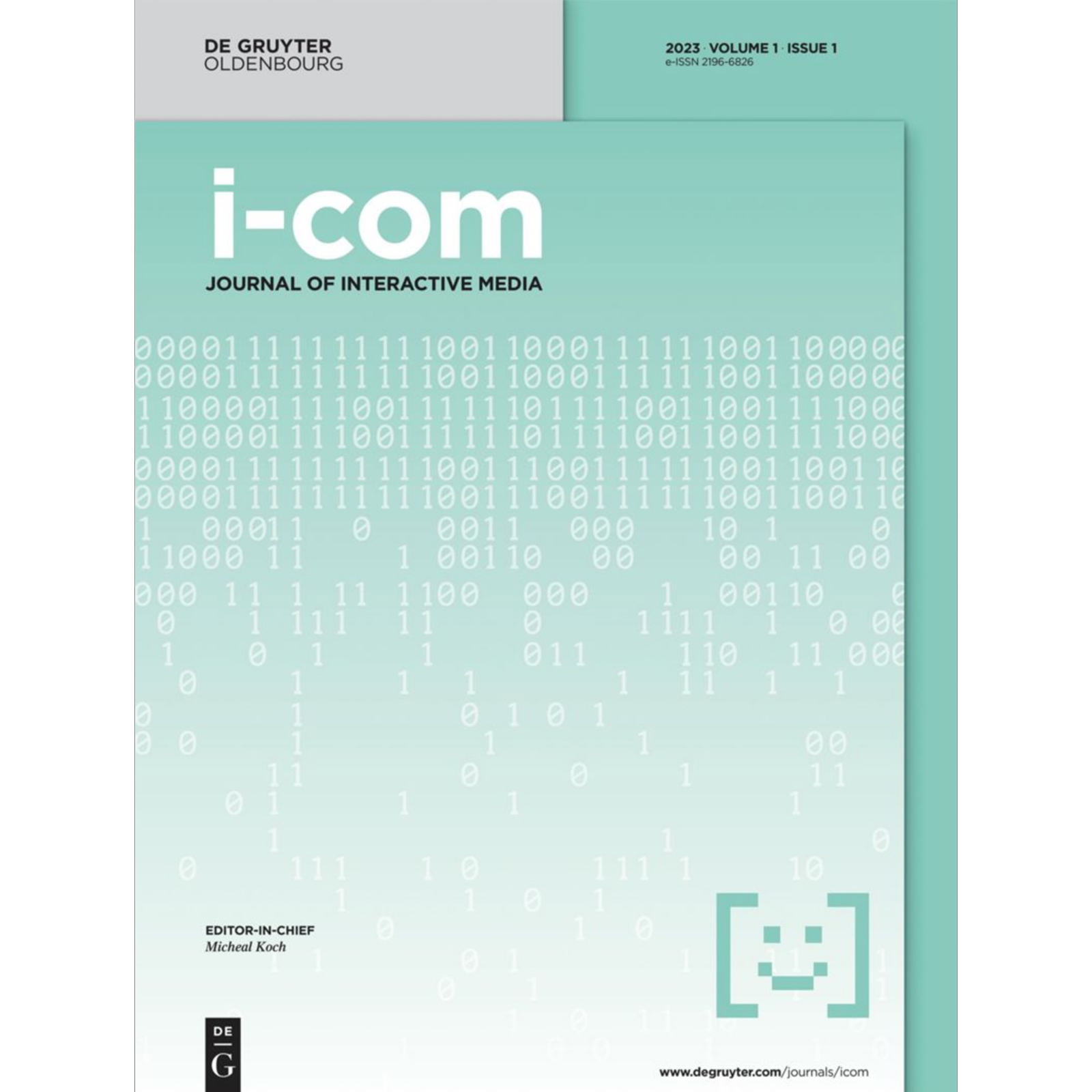Journal article published in i-com
Renz, A., Neff, T., Baldauf, M. & Maier, E. (2023). Authentication methods for voice services on smart speakers – a multi-method study on perceived security and ease of use. i-com, 22(1), 67-81. https://doi.org/10.1515/icom-2022-0039
Abstract: With the increasing proliferation of security-critical voice-based services such as voice banking, user authentication on smart speakers is becoming a vital requirement. Prior research on verifying the speaker’s identity has been taken a technical perspective predominantly, while respective user-centered research is scarce. To investigate authentication methods for smart speakers from a user’s perspective, we conducted a multi-method experiment. In a comprehensive online survey (n = 696) and a comparative lab study (n = 18) with an advanced functional prototype we studied 6 authentication methods (spoken PIN, biometrics, app with button/voice confirmation, card reader, sound authentication) regarding their perceived security and ease of use. While token-based authentication approaches (in particular an authenticator app on a smartphone) typically are perceived as more secure, they are found inferior when it comes to the ease of use. The currently most frequently used authentication method for smart speakers, the spoken PIN method, seems to represent a compromise between security and ease of use. The sophisticated sound authentication was appreciated for its ease of use, however, was rated worst regarding the perceived security.

